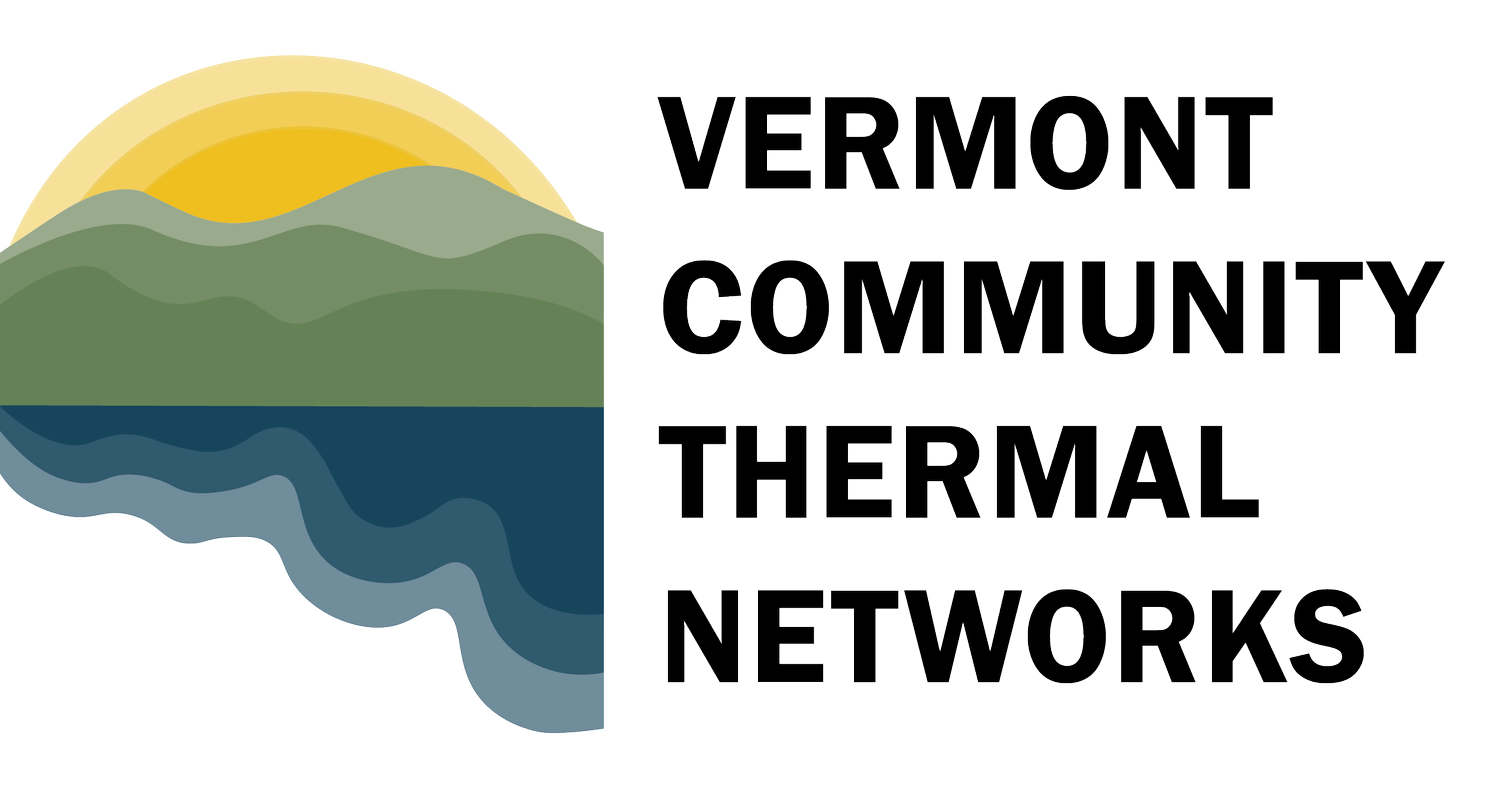Thermal Energy Network Case Studies
This collection of case studies includes examples of Thermal Energy Networks (TENs) at work in communities across North America, from urban and rural neighborhoods to college campuses and single buildings. The examples show an array of approaches, and each relates in some way to the thermal needs and opportunities present in Vermont communities.
This project responds to the need for greater knowledge of what TENs can look like and how they can be built in different contexts. It also highlights the difficulty of finding information on key data such as system costs and performance metrics, in part because most private owners don’t readily share details with the public. The information collected here is a start to help communities, developers, and individuals see some of the possibilities of what TENs can look like, how they’re operating, and the many ways in which they can benefit communities.
TENs are designed to fit a particular location, geology, and cluster of buildings. The customized nature of each system contributes to their high level of efficiency, but also means that, while we can learn from similar conditions of existing systems, each new network must be developed based on local opportunities and needs.
Many thanks to our Middlebury College student intern Katie for her work researching and developing these case studies.
Use this search bar to find case studies by feature:
In Vermont
Colder Climate
Rural Community
Revitalization Project
New Construction
Retrofit
Multiple Technologies
Wastewater Heat
Municipally Owned
Single Building
Neighborhood Scale
Residential
College Campus
Phased Construction
Future Expansion
Resilience
Open Loop
We’d love to hear from you:
Which examples are most interesting to you or most helpful in your community?
Which do you want to know more about?
What’s missing?


